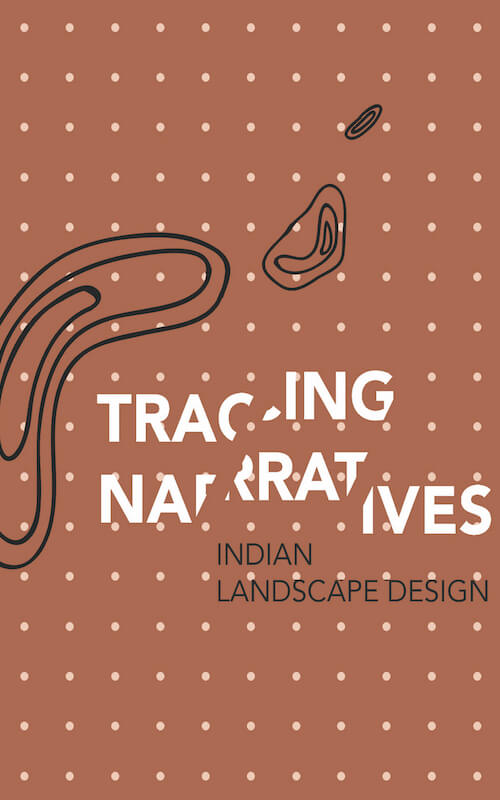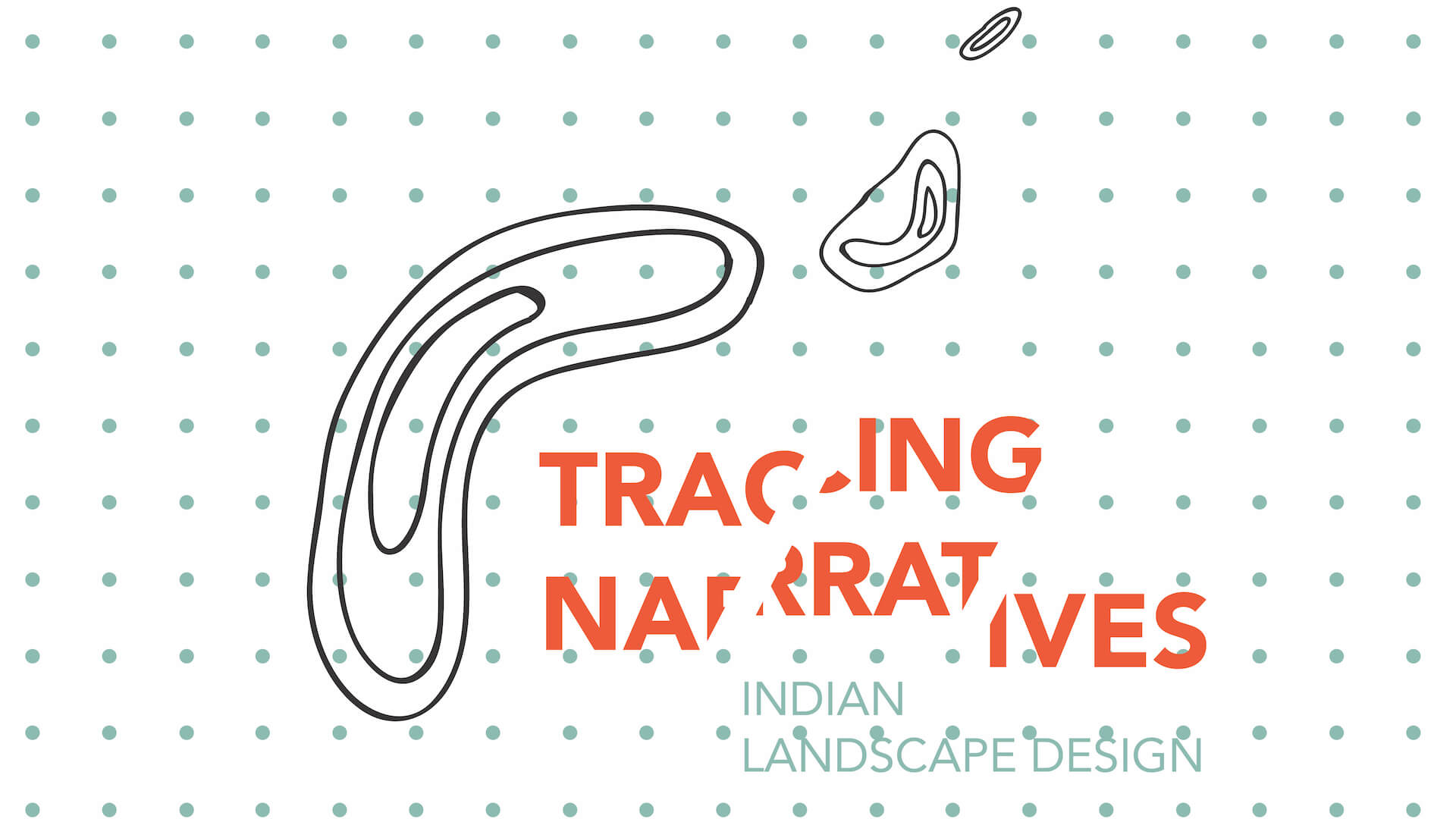
Tracing Narratives
Gardens may be considered to be an apparatus by which to view the self, navigate the world; laboratories in which to test the relationship between man and nature.
Even so, there is a dire shortage of literature mapping gardens, or speaking of their implications in India. This, coupled with the fact that, for a long time, landscape design and garden design are seen as completely independent of one another, has had a telling impact on the perception and significance of the garden.
This understanding led to two years of travelling to all parts of the country to see the various forms of gardens. Tracing Narratives – Indian Landscape Design defined its role as such – to make the idea of the garden an important component of discussion within the Landscape Design profession.







“There is something to be said about oral narratives. With scrolls, or paintings, or objects to represent something else, a tradition is passed on. In each telling, embellished a bit, enriched a bit – but made alive so you could feel it with all your senses.”
Soon after the first garden was planted just a bit later there must have been someone stocking and selling plants. Books are repositories of recorded knowledge, and botanical gardens and herbariums the hallowed vaults. Nurseries on the other hand allow a sensorial understanding of the world of plants; often stocking the same species to be seen as a young sapling and also a slightly mature one; or often acting as windows to the way plants are sought after and used at a particular time and age. In a way they are the fashion houses of the profession. But even more valuable is the knowledge that the Nurserymen have accumulated over the years; always conveyed orally, never written, it consists of anecdotes, and tales of the world of flora that is always fascinating. Much like the narrator of a play, a Nurseryman carries the script of the story of every plant that he has around him, for he has witnessed its life cycle all along. They are skilled and have inherited knowledge from mentors or through the family lineage.
So fierce is the gaze of those with passion in their heart, that the worldly avert their eyes lest they betray self.
The world of the amateur gardener belongs to a different galaxy. It may seem that the amateur gardener works with the same tools and elements- soil, water, seasons, and plants; and hence there is a lot in common with the professional. Nothing is further from the truth.
The amateur gardener is a person with a passion and love for plants that is hard to match, and at times even comprehend. In their world, plants wake in the morning and stretch themselves, look sad when the sun is harsh, and talk to them throughout their lives. This is not an imagined world. It is as unreal as real is real.
And from their passion, are born many lessons of life, but also the world of landscape. About an order that is difficult to see, about a balance that can’t be measured, about completeness and incompleteness, about rebirth, and about a rare love that must suffuse us all.
More than history books and the works of professionals, sometimes these are the gardens that we must see to remind us, rejuvenate ourselves and hold us firmly, so that we don’t forget why we are.



“And finally with all the ingredients in hand, what use are they if someone does not teach you what to do with them?”
Slowly we are losing without doubt the real knowledge of working the soil, and growing plants. A fact amplified whenever one chooses to see; trees on roads that are not planted well; soil that has not been suitably modified to receive certain kind of plants; practical knowledge of repotting plants or techniques of air layering missing from the repertoire of the practitioners. The list is vast. And yet we have a large legacy of books that painstakingly described and recorded each technique in ways that could be easily understood. So exhaustive are they, that an interested reader may well find answers to any garden puzzle.
The exhibition assessed the idea of the garden through various lenses – Reading, Perceiving, Nurturing, Recording, Anchoring, Writing, Revisiting, and Practicing - establishing the multiple roles the form plays; that it has been assigned.











